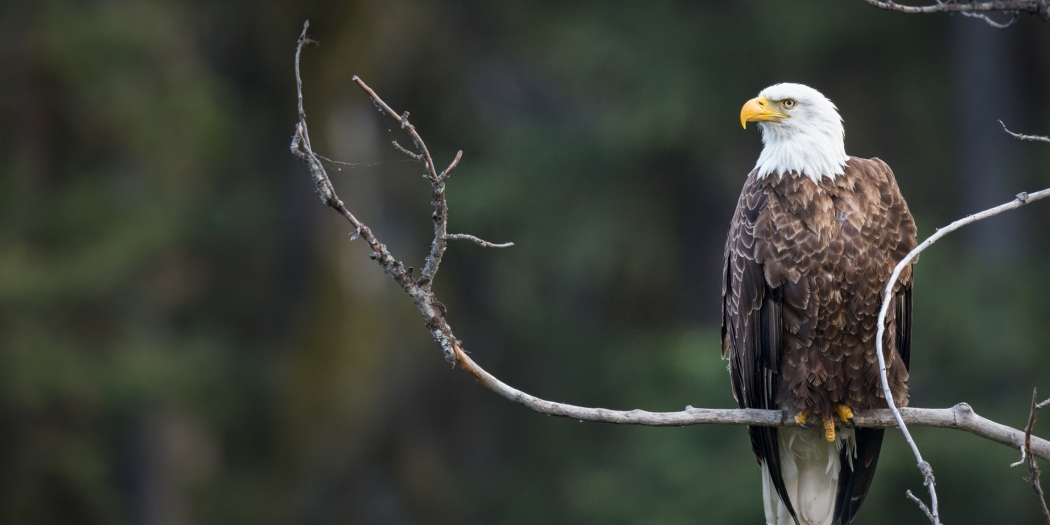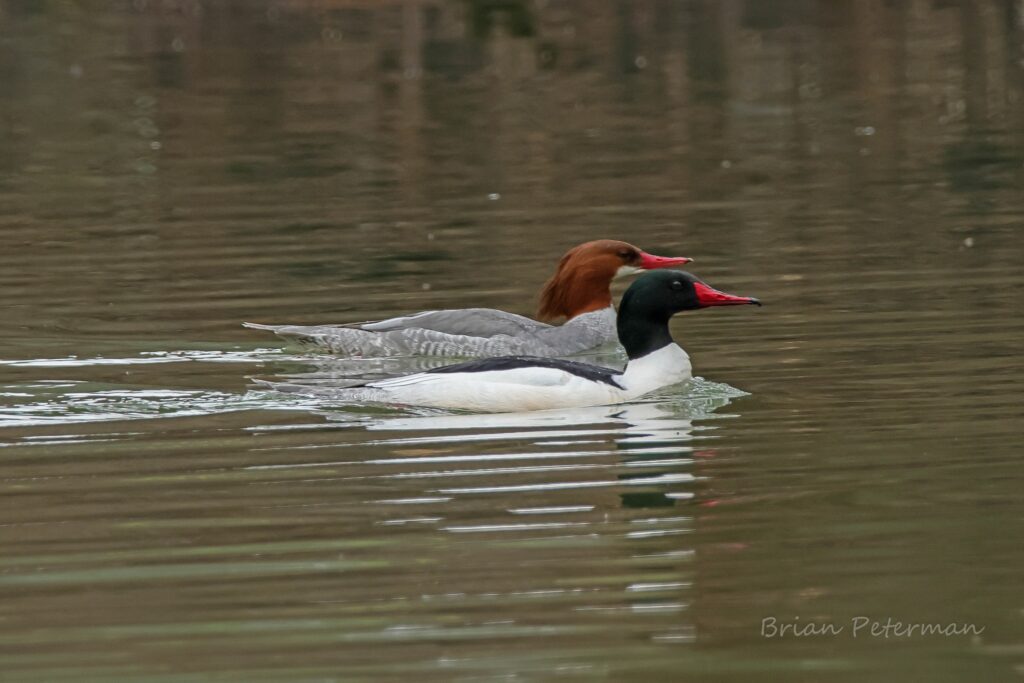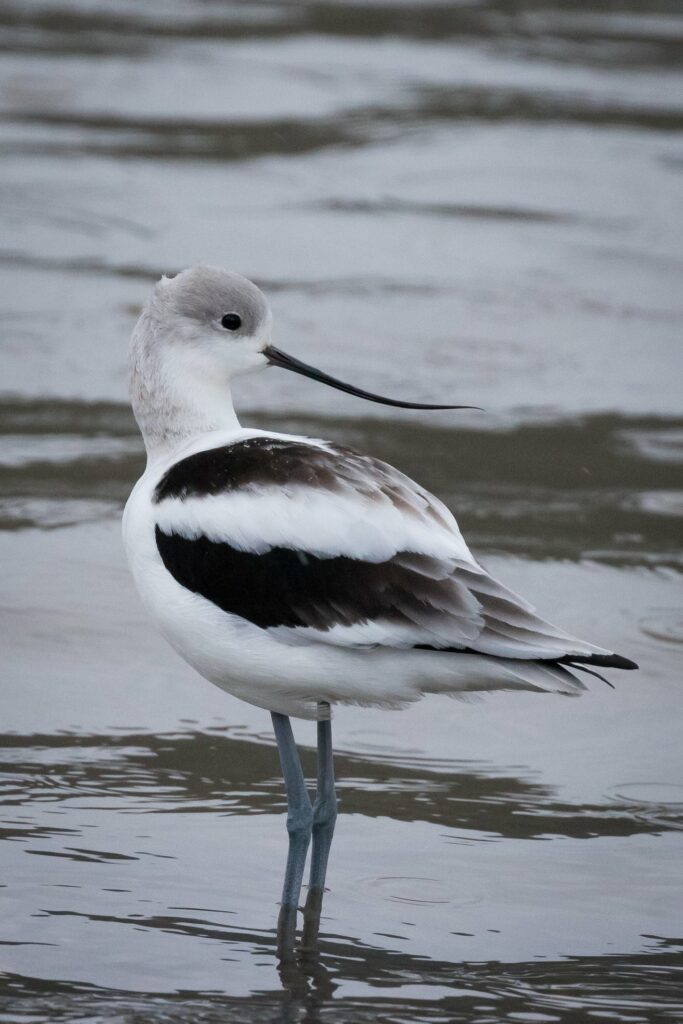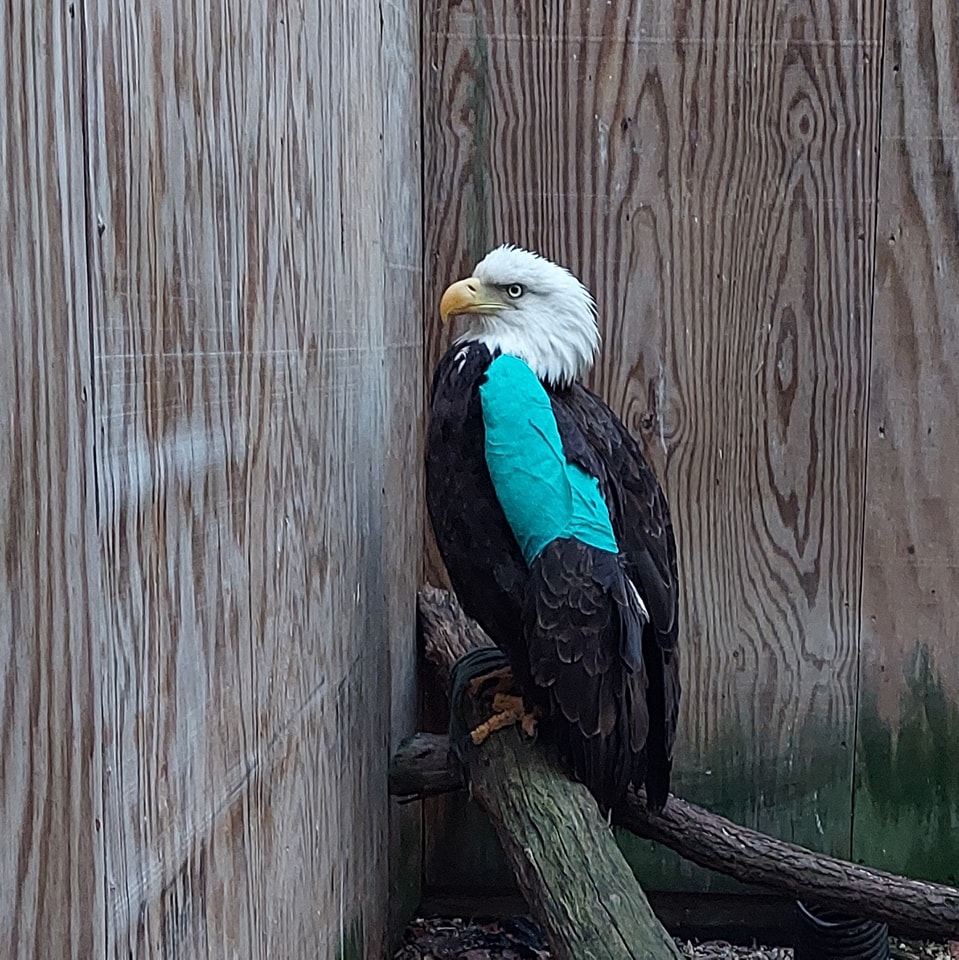By Cindy Ellis
“Have you seen the Bald Eagle?”
That is the question posed more and more often to me as I’ve birded for decades across West Virginia and the Kanawha Valley. People see someone with binoculars and are keen to share sightings of our nation’s symbolic highflyer.
This was not true forty years ago. Eagle populations in the United States dipped quite precipitously as the notorious insecticide DDT (dichloro-diphenyl-trichloroethane) use proliferated. But a ban on the substance was enacted in 1972. Eagles were classified as threatened or endangered in 1978 (depending on location), putting America’s symbol back on track. They were beginning to rebound in the 80’s, and a nest was found in our highlands in the Trough of the Potomac.
According to Department of Natural Resources staff, nests could total between one and two hundred in West Virginia. They monitor 75 of those nests.
So, it is no wonder that there are more and more sightings by more and more folks outdoors here. While more sightings are a joy, there remains a serious threat to their populations: lead poisoning.
Those of us who follow information from raptor rehabilitation centers see this frequently. We see increasingly more photos of distressed and disabled birds in conditions far from representative of a proud and noble symbol.
The helpful staff members at two West Virginia avian rehabilitation centers were able to provide some statistics on the mortality of eagles and other birds in recent years. While they are in a position to see it, lead poisoning research is not their primary mission.
The Avian Conservation Center of Appalachia in Morgantown, Avian Conservation Center of Appalachia – Home (accawv.org), looked back for three plus years and found the following birds with lead poisoning as the primary reason for admission. These do not include those with slightly high or moderately elevated levels of lead.]
- In 2020, a Bald Eagle was admitted from Pocahontas County; it died.
- In 2021, a Bald Eagle was admitted from Pocahontas County and was able to be released after treatment.
- In 2023, a Bald Eagle from Braxton County was admitted; it died, and a Turkey Vulture from Monongalia County was admitted. Its status was currently pending, with release anticipated.
- In 2022, a Common Merganser, a diving duck, was admitted. It died and had eaten fishing tackle, which was recovered from its digestive tract.
The Common Merganser is a beautiful bird of special interest in our West Virginia mountains. The Second Atlas of Breeding Birds in West Virginia says, “The Common Merganser, a large circumboreal diving duck, was an unexpected species among West Virginia breeding birds in this Atlas,” and “The second Atlas documents the broad recolonization of West Virginia’s river corridors by Common Mergansers; the first breeding record in more than a century was obtained on the Shavers Fork of the Cheat River in Randolph County on June 1, 2009.” Also, “Dependence on aquatic biota makes the species an important indicator of the health of riparian ecosystems…”
[On another matter, the Avian Conservation Center of Appalachia added, “Over the same 3 plus year period, we admitted 244 birds that were confirmed attacked by domestic cats.” So…that is a story for another time.]
Three Rivers Avian Center, in Hinton, founded in 1990, sent quite a list of lead-affected Bald Eagles and other raptors. Once again, it can be pointed out that lead poisoning research is not their chief focus. They are not making surveys calculated to find all the birds dead and dying from lead poisoning. These are just the birds who happened to come to their center. Many factors impact data collection.
A few records were from earlier years, but most were gathered from 2013 to the present. Three Rivers Avian Center treated 42 total eagles; 22 were positively diagnosed with high levels of lead. Of the 22, nine were able to be released.
Records for other birds of prey show lead treatment for:
- 18 Red-tailed Hawks; three had to be euthanized, one died.
- Two Red-shouldered Hawks; one euthanized, one died.
- One Black Vulture was treated, and seven Turkey Vultures. Of the latter, three were euthanized.
Of course, everyone is gratified when the extensive, expensive treatment is successful and results in release.
As with the other center, Three Rivers Avian Center handled a special and especially handsome water bird. A lead-poisoned American Avocet was released in November 2011. Birders enjoy glimpses of this migrant and look closely to see the elegant upcurved bill, which is longer and more upturned in the female.
Eagles and other affected raptors and waterfowl suffer from lead poisoning in severe and tragic ways. Their entire system, including internal organs, is debilitated and compromised. They may linger and waste away, with full or partial paralysis and disorientation for several weeks, or rapidly deteriorate and quickly perish. Most are referred to rehabilitation centers when found weak or injured due to their declining ability to function.
Pictured here (left) is one Bald Eagle whose wing had to be amputated. The bird was feeding on a roadside carcass; it clipped the edge of an oncoming truck as it tried to gain altitude to fly away. Rehabilitators face a long treatment process for avian patients if a bird is not too gravely impacted and can be saved.
For one of our WVHC board members, this issue was personal. Immediate past president Larry Thomas found an adult Bald Eagle in a ditch near his Pendleton County home. The bird, demonstrating symptoms of lead poisoning, was emaciated and struggling to stand but could not. Larry removed his light jacket and wrapped the eagle, hoping to calm and warm it. He carried it to his house and called a rehab center in Pennsylvania, but the eagle died in his arms while he did. WVDNR sent the remains to a lab while warning that results are not always found or released. They were not.
Birds and other wildlife are contaminated by lead in several ways. Lead components of ammunition are a direct source when the birds are illegally targeted and, more often, indirectly as a result of ingestion of prey containing lead shot. Lead in fishing tackle is also a cause. Gut piles are a source, as are fish and other water-dwelling prey found in a lead-contaminated pond or stream.
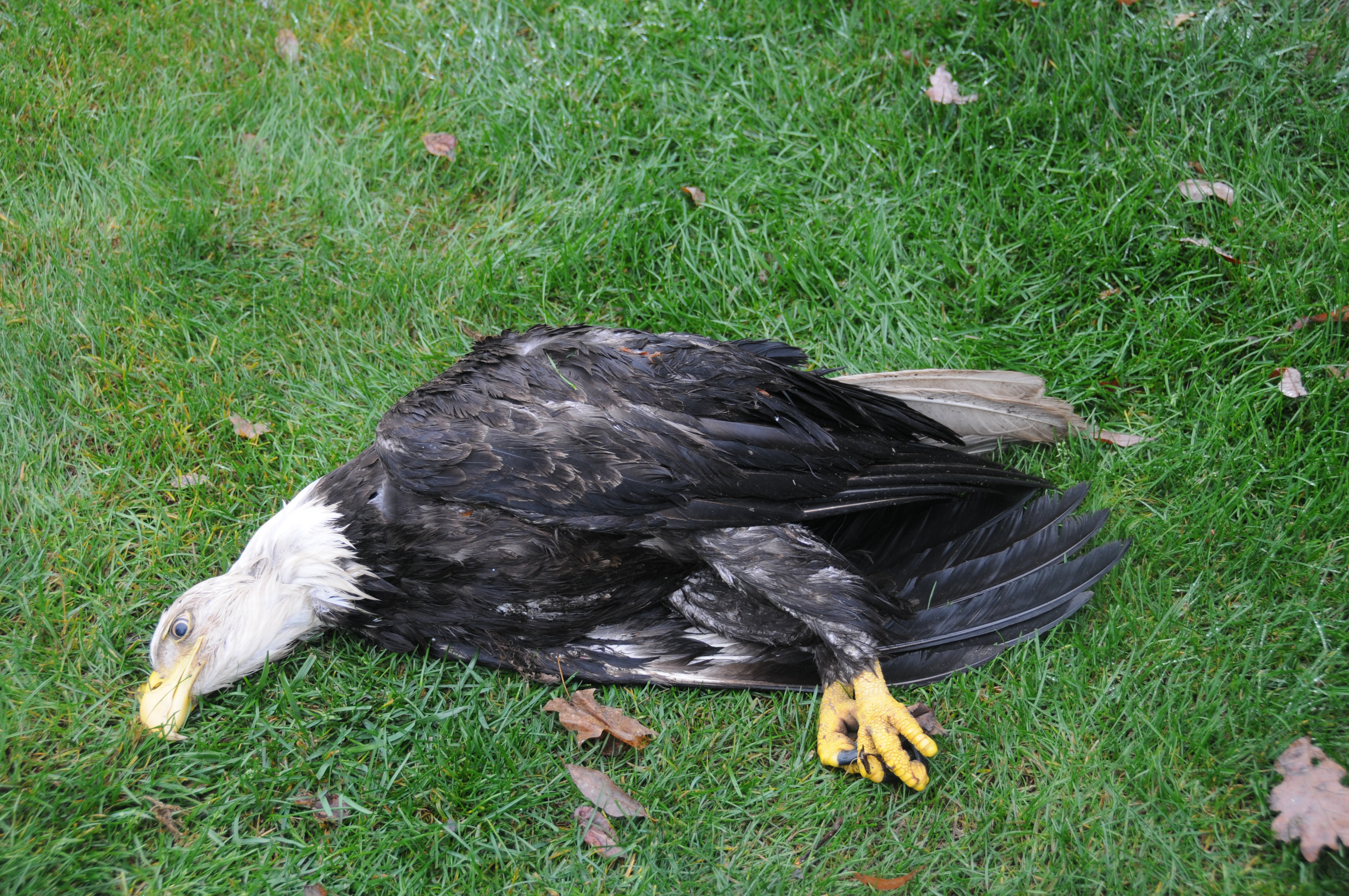
Mortality and injury in wildlife from lead poisonings are rising. Agencies charged with protection of animals and habitat are taking steps to address the problem. However, the West Virginia Department of Natural Resources notes, “Although lead shot was banned for waterfowl hunting in 1991, its use in ammunition for upland hunting, shooting sports, and in fishing tackle remains widespread.”
In 2013, California passed a total lead ammunition ban. On January 19, 2017, the U.S. Fish and Wildlife Service issued an order to phase out lead-based ammunition and fishing tackle on all 568 million acres of agency-managed lands and waters—this includes National Wildlife Refuges.
Efforts to eliminate lead in shot and tackle have faced resistance. Although the costs of alternatives continue to be reduced, some who hunt and fish still cite price as a reason not to change.
As with many issues these days, outdoors or not, incorrect statements and allegations are made about the consequences of lead and the motives for restricting use. Countering those are testimonials and supporting pleas for elimination. A former member of our WVHC board is LeJay Graffious, one of the directors of the Old Hemlock Foundation, which is dedicated to preservation and education in Preston County and also focuses on a special breed of hunting dogs. He says, “I am all for banning lead ammo, especially lead rifle ammo. At Old Hemlock, we require non-lead shot to control the deer herd.”
And in 2018, the Gazette Mail’s Outdoor columnist, John McCoy made his pitch in “Why Don’t We All Switch to Non-Lead Ammunition?” He describes the grisly deaths of eagles, hawks, and vultures and then speaks frankly of the costs of hunting and fishing supplies. For him, the matter boils down to “responsibility.” He does not want to be an outdoorsman who, while hunting for turkey, deer, and squirrels, causes raptors to die.
You may agree with John and LeJay. There are helpful sources for more information. In West Virginia, see the websites and Facebook pages of the Avian Conservation Center of Appalachia and the Three Rivers Avian Center. The website of the latter features a page devoted to Lead Poisoning Lead Poisoning in Birds.
There is another website devoted to the issue, www.huntingwithnonlead.org. “We are hunters and wildlife biologists who recognize the common ground between hunting and wildlife conservation. It is our mission to promote the positive contributions of hunting and the use of non-lead ammunition by providing accurate information and resources to hunters and wildlife managers.”
So, we can return to the question, “Have you seen the Bald Eagle?” I have. Recently, I saw one a few miles from my home, in a tree on the banks of the small stream that I survey monthly as a volunteer for Trout Unlimited and the West Virginia Rivers Coalition. Without lead ammunition, we would probably be answering “yes” more often.
Here’s hoping that healthy eagles, raptors, waterfowl, and all the birds you wish to see will come your way, too. We will continue to provide the information needed to keep them flying!

